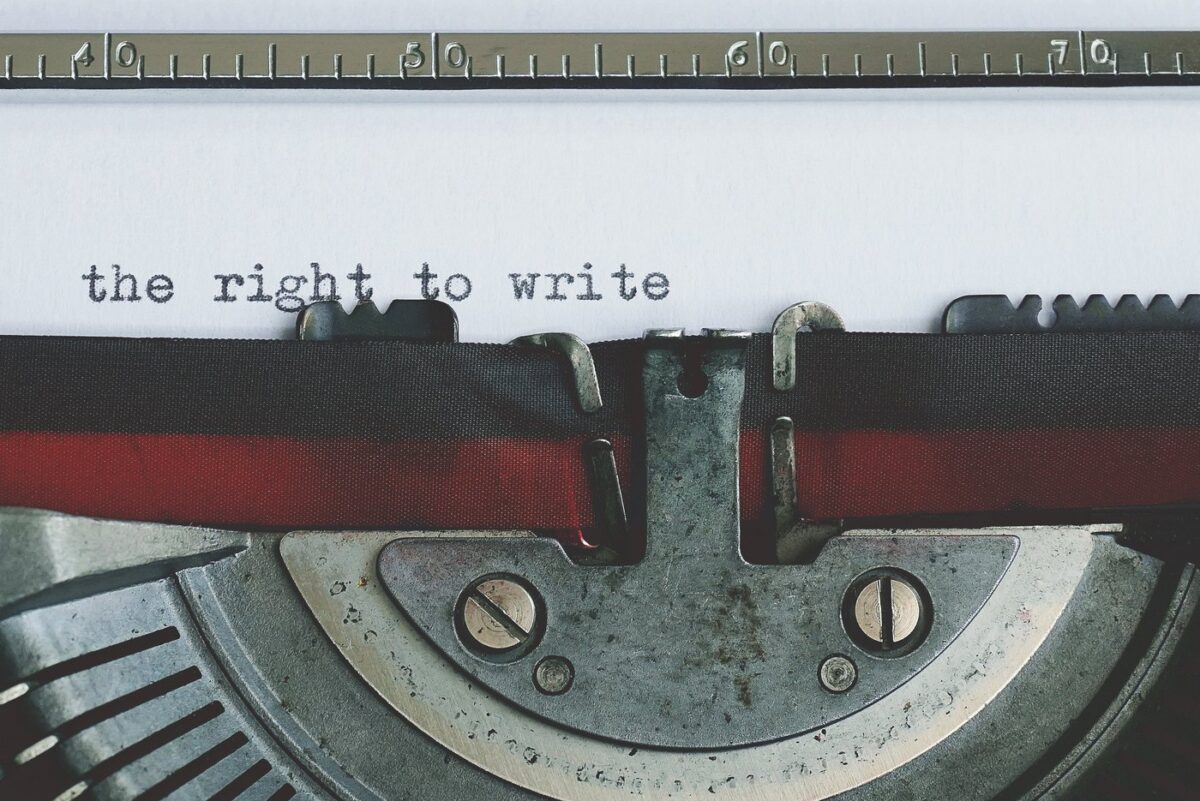The term “journalism” comes from the French word “journal”, which means “diary” in translation. This term has a number of narrower synonyms. We say “mass media” or, in the Western manner – “mass media”, when we mean the totality of printed publications, television channels, radio stations. “Mass media and propaganda” is an outdated version from the times of Soviet reality. The concept of “mass communication” appears more often in the research of sociologists and psychologists. As the main term, the word journalism is used not only as the most capacious, but also not having multiple meanings. The terms information, propaganda, communication can have different meanings.

Journalism is a public activity for the collection, processing, interpretation and dissemination of mass information.
A variety of “actors” are involved in the journalism system.
- The founder, which may be state and public organizations, groups of citizens, individuals. The founder has the right to create newspaper and magazine enterprises, television and radio companies, information and advertising agencies. The founders have the rights of owners and managers of the media bodies they have created.
- The governing bodies are state institutions that, in accordance with constitutional norms, are authorized to adopt, amend and repeal laws regulating the activities of the media, monitor their implementation, and deal with issues of licensing of media outlets. These are the President, the State Duma, the Ministry of Culture and Mass Communication, and the Federal Broadcasting Commission.
- Journalists – full-time and freelance editorial staff who carry out authoring, editorial or organizational work for the collection, processing and arrangement of mass information.
- Texts – works of journalists, agency reports, advertising and other information materials published in the media. The concept of text can mean not only a publication in the press, but also a television and radio broadcast. The textual reality of modern media has become more complex. Photo illustrations are spoken of as narrative in visual images. On the Internet, the concept of network literature, based on hypertext, has appeared, which may have many authors. The so-called Internet and television are connected with the Internet. macro-texts combining graphic, visual and acoustic messages. However, despite the variety of types of journalistic texts, they all have common features: they reflect the world of social reality and the creative “I” of the journalist, bear the imprint of the source of information, obey the professional requirements of the team where the author works, are created taking into account one or another communication channel …
- The channels used by journalists to transmit texts to their addressees are print, television, radio and the Internet, which has recently joined them.
- Mass audience – that part of society, which is focused on a particular publication or program. Note that journalists and a mass audience are not opposed phenomena. Individual representatives of the audience can create journalistic texts (for example, letters to the editor), the journalists themselves act as an audience in relation to other media, of which they are not employees.
- Social institutions – state and economic bodies, various parties, unions, whose activities are discussed in the media in order to influence the decisions they make.
- And, finally, reality itself, which is both the source of journalism and the final object of its influence.
All elements of this system are closely interconnected. The governing bodies dictate the general conditions of the game, form the so-called. “Normative environment” in which the mass information process takes place. The founder, in most cases, forms the editorial policy, which journalists implement through texts, taking into account the specifics of their channel, the needs of the mass audience and the needs of social institutions.

